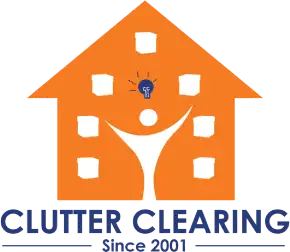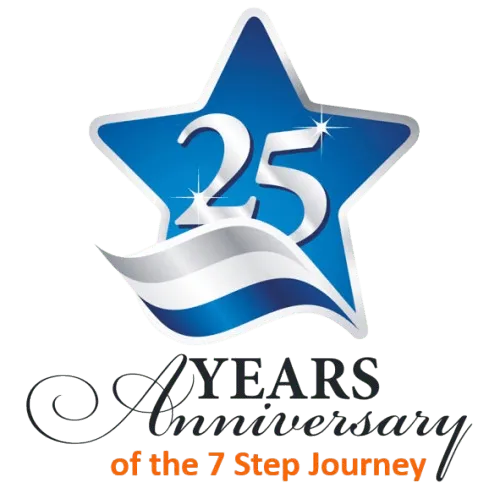Are you Suffering from the Endowment Effect?
Are you Suffering from the Endowment Effect?
A recent article in Scientific American by Bruce Hood discusses how the ‘ownership of objects plays a crucial role in human identity’ and explains what the endowment effect is.
Put simply, the endowment effect is where we become the owner of something that costs us a certain price, e.g. £10 / $10, and we then consider those items to be worth significantly more than the exact same item bought at the exact same price by someone else simply because WE have owned it. Coupled with that, generally speaking the longer we own that item, the higher the expectation of what it is worth in monetary terms.
The article explains WHY this may be happening.
It is something called ‘loss aversion’. Put simply, we value things above their true value because we consider a loss to be more significant than a gain. Therefore, letting go of something is more significant (and therefore more valuable in monetary terms) than when we bought that item.
What’s even more interesting is that, by looking at the brain when people were looking at things, there is a certain part of the brain – a happy area – that is more active when people look at things they like. When they think they’re getting something for a bargain, another happy part of the brain becomes active. If they sell something for less than they want for it, then a sad part of the brain becomes active.
Our brains are literally responding to different stimuli and influencing our buying preferences.
When I think about the clients I’ve worked with over the last 10 years, I can see a pattern of people suffering from the endowment effect and displaying the loss aversion causes mentioned in the article.
My previous clients who have had their clutter for a long time i.e. 5 years or more find it extremely difficult to make a decision to let go of things in their clutter.
In addition, I’ve had dozens of clients who will not consider accepting less than the original cost of an item in their clutter, even if they bought it in a sale at half price.
I’ve also had dozens of clients who grew up in the post-war rationing era, where owning things was limited because there simply wasn’t much to own.
Therefore once they’ve been able to afford to own things, they’ve made up for not having owned things as child and have begun to acquire things to make up for the childhood they never had.
However, this acquiring of things has continued beyond what many may consider reasonable, and over such a period of time that it has become a new habit to have more than you need.
How does the Clutter Clearing Process deal with these issues?
The loss aversion and endowment effect is something I see and help people with all day, every day.
I see the loss aversion challenge in every client when they start their Clutter Clearing Journey, and on average it takes 4 – 6 weeks of working on their actual clutter for them to reach the point where the loss aversion of the belongings is outweighed by the gain of the space, light and freedom from letting of the belongings they don’t need, use or appreciate. (That’s why the minimum amount of time I work with a client is 1 year).
With respect to the endowment I have many clients who believe that a particular item is more valuable now than when they originally bought it.
However, as I always say to my clients, it’s only worth what someone is prepared to pay for it and the effort and time you are prepared to spend trying to find someone who agrees with you about what it is worth.
Of course it doesn’t make that decision making any easier, it simply helps us make more realistic decisions. However, there are certain elements of the Clutter Clearing Process that deal with the endowment effect.
The Not Sure / Unknown / Might come in useful category ensures that we can remind our brain of what it needs to make a decision by exposing ourselves to the item regularly enough to lessen the endowment effect.
The to-do list element of the process actually helps reduce the endowment effect by highlighting just how many things there are to deal with or sell.
80% of my clients have begun their Clutter Clearing Journey by wanting to sell lots of items, yet after a month or so they realise that they haven’t got lots of time to spend getting the highest price possible, or that they haven’t been able to sell it for their reserve price and therefore become much more realistic about what to do with the items and actually end up giving them away rather than trying to sell them.
When a clients starts to see and feel the space they can create and the increased number of opportunities available to them when they have less clutter, they actually reverse the loss aversion effect of the items because the gain of space, time, freedom and possibilities outweighs the loss of the item.
Ultimately, as with any bad habit we are trying to break – in this case the accumulation of things we don’t need and won’t use – knowledge and understanding gives us choices.
We may not like the choices we have, but none-the-less we have a choice.
Allow the endowment effect and loss aversion to keep us trapped in our homes by the clutter, or to learn how to deal with them and become clutter free forever.
The choice is yours…….

